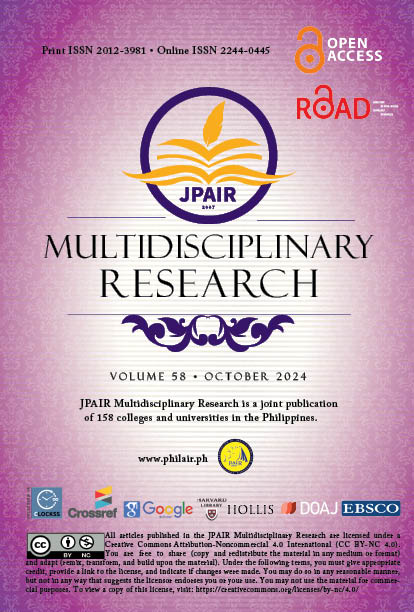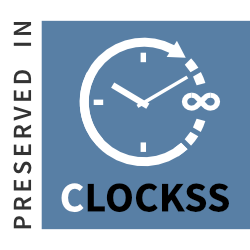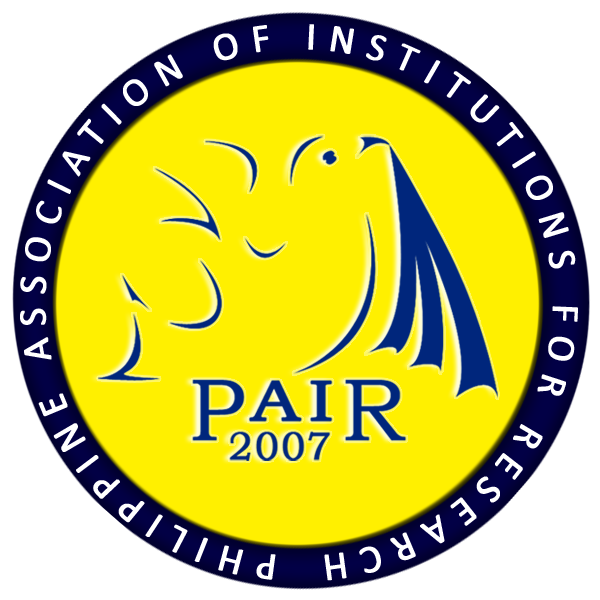Analysis of Model Fit and Test Information on Otis-Lennon School Ability Test Using Item Response Theory
DOI:
https://doi.org/10.7719/jpair.v58i1.913Keywords:
Test Assessment, Model Fit, Test Information, Item Response Theory, Camarines Sur, PhilippinesAbstract
The Otis-Lennon School Ability Test (OLSAT) is widely used in different academic institutions for various purposes, such as admission tests, performance predictions, and intelligence tests. However, there has yet to be a study on its model fit, item evaluation, and overall test information. This study examined the OLSAT item and the overall test information used by a state university in the admission process through the lens of item response theory utilizing R Studio. Specifically, it seeks to determine the model fit of the data from the university's standardized entrance test and to examine the test information for the standardized entrance test. Comparing the nested models suggests that the more complex model fits the data better (p = 0.000), which is the 2 Parameter Logistic Model. Some items' p-values suggest local dependence, but it can be tolerated upon examination of some of the actual items. The index of difficulty ranges from -51.33198812 to 11.61952106, while the discrimination index ranges from -0.04759777 to 1.16897332 suggesting that some items have a very low discrimination index and some have a high difficulty index. In conclusion, the test provides more information about the middle portion of the ability scale, which is suitable for admission purposes of the test.
Downloads
References
Antonak, R. F., King, S., & Lowy, J. J. (1982). Otis-Lennon Mental Ability Test, Stanford Achievement Test, and three demographic variables as predictors of achievement in grades 2 and 4. The Journal of Educational Research, 75(6), 366-373.
Avant, A. H., & O'neal, M. R. (1986). Investigation of the Otis-Lennon School Ability Test to Predict WISC-R Full Scale IQ for Referred Children.
Basagre, R. M. (2023, April). Effects of hands-on structured inquiry activities into students’ conceptual understanding. In AIP Conference Proceedings (Vol. 2619, No. 1). AIP Publishing.
Downloads
Published
Issue
Section
License
Copyright (c) 2024 Rey-Mark G. Basagre

This work is licensed under a Creative Commons Attribution-NonCommercial 4.0 International License.
Open Access. This article published by JPAIR Multidisciplinary Research is licensed under a Creative Commons Attribution-Noncommercial 4.0 International (CC BY-NC 4.0). You are free to share (copy and redistribute the material in any medium or format) and adapt (remix, transform, and build upon the material). Under the following terms, you must give appropriate credit, provide a link to the license, and indicate if changes were made. You may do so in any reasonable manner, but not in any way that suggests the licensor endorses you or your use. You may not use the material for commercial purposes.





















